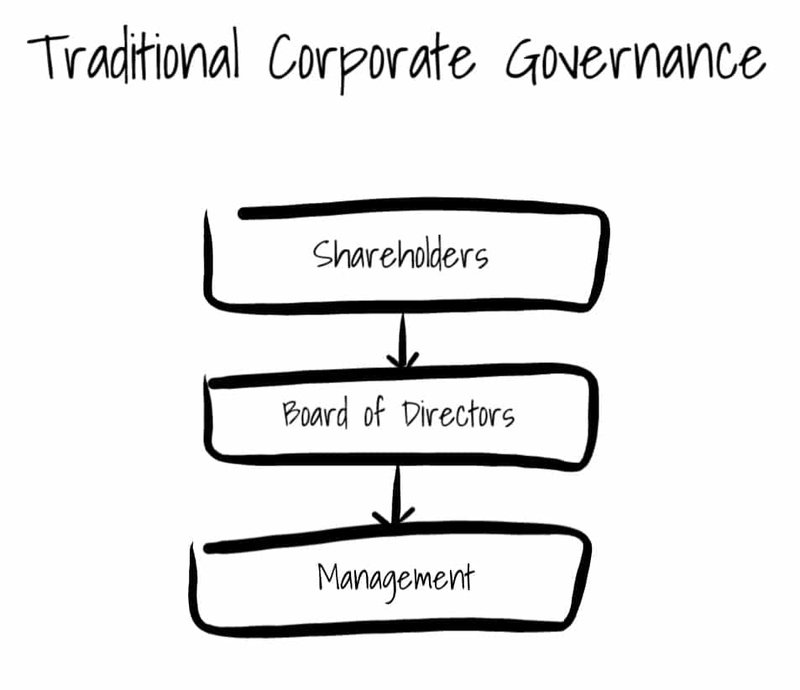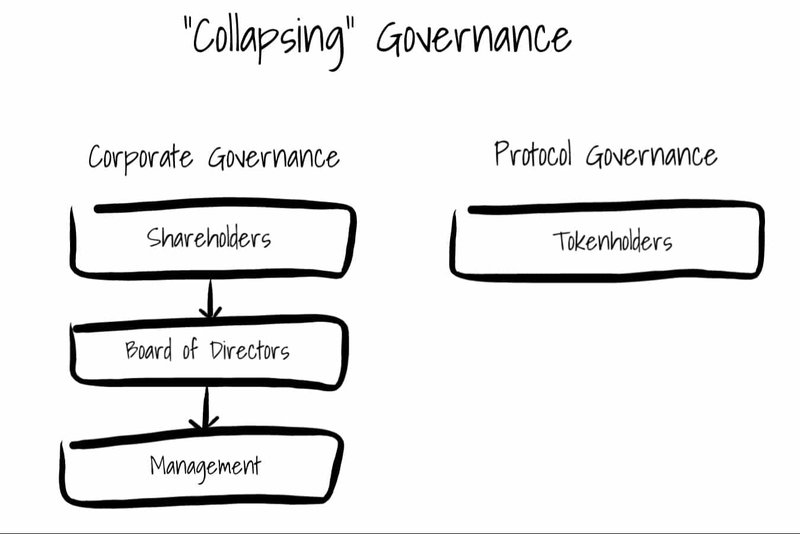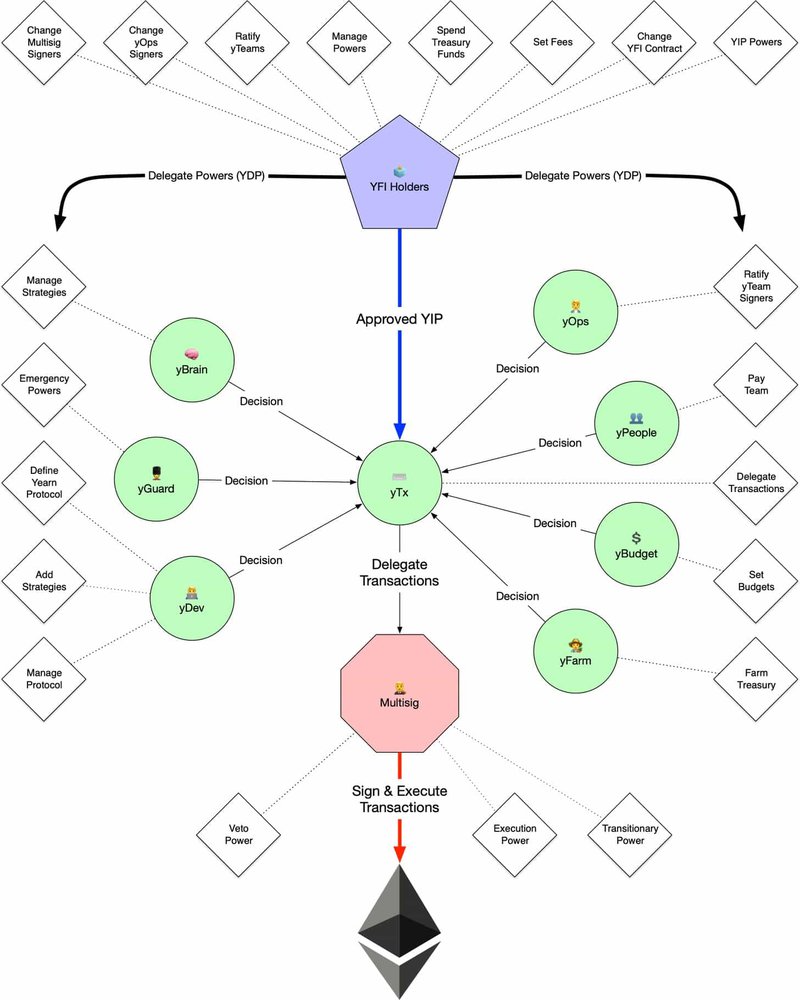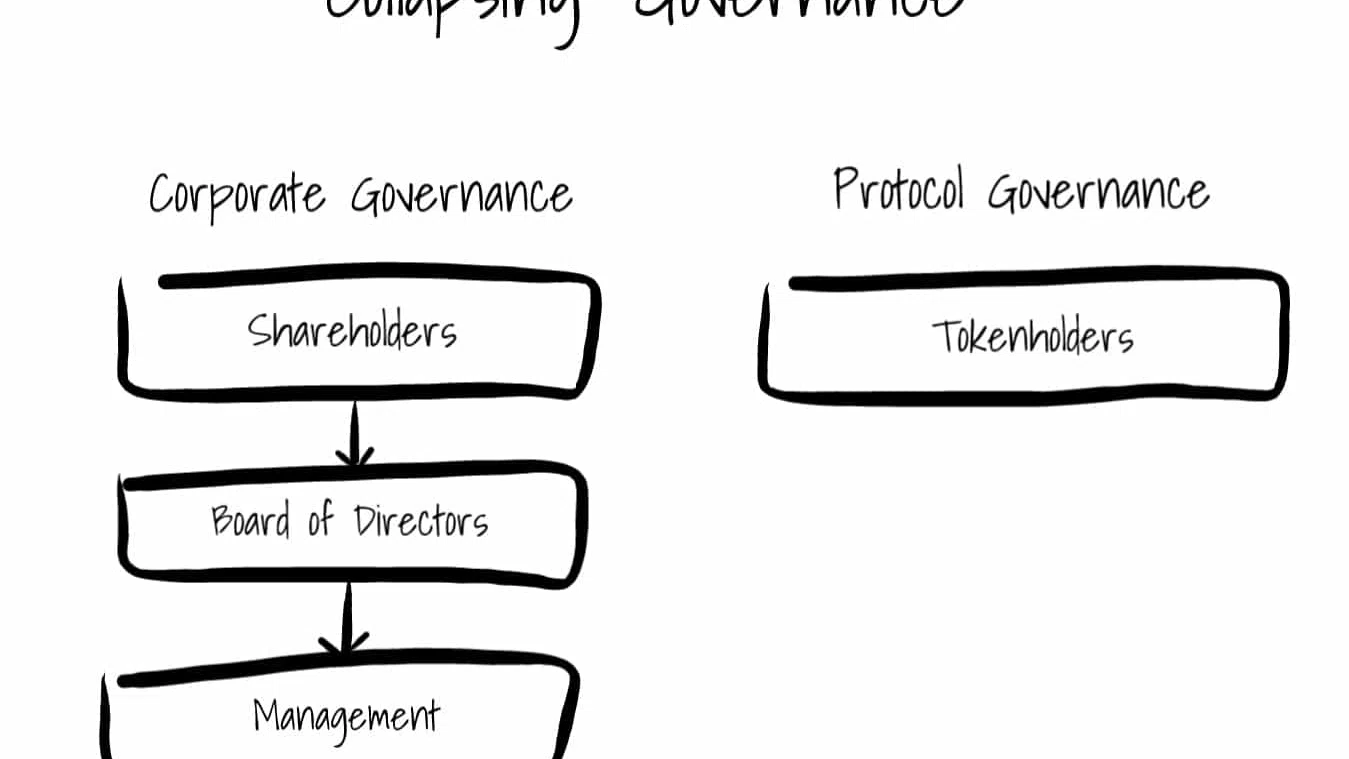Only crypto can make corporate governance exciting.
Seriously, where else will you find thousands of 20 and 30 year olds passionate about governance proposals, treasury management, and quadratic voting? This industry is so special.
As many readers know, governance is front and center for good reason. Whether we are talking about blockchain networks like Bitcoin or Ethereum, or Defi protocols like MakerDAO and Uniswap, they are decentralized systems. In the absence of a company owning and operating these systems, mechanisms are needed to ensure they are maintained and updated to meet evolving market demands.
This is no small feat, and heavily relies on a community’s ability to coordinate themselves in an efficient manner. Much easier said than done.
The governance mechanisms we have are crude, and don’t take into account the nuances of operating a large organization. If we want these decentralized systems to become THE global financial infrastructure, we must have governance mechanisms that can scale with adoption.
Fortunately, many DeFi protocols acknowledge this and are taking steps to implement more robust mechanisms. It is one of the most exciting trends in the industry.
Let’s zoom in…
Corporate Governance
An appetizer before your main course.
Decision making within an organization is a hierarchy. Managers oversee employees in day-to-day decisions. The Board of Directors holds management accountable on overall company strategy and performance. Shareholders vote for executives, directors and matters outside the ordinary course of business (e.g. acquisition or merger).
This decision-making hierarchy is important because decisions live with the stakeholder group best positioned to make them. Managers on the ground, immersed in tactical execution, should be responsible for overseeing day to day activities, for example.

There are reasons why shareholders don’t vote on daily decisions. First, most of them don’t want to. Second, they aren’t knowledgeable enough to make an informed decision. And third, the mechanics of shareholder voting simply aren’t efficient for daily decision making.
Separating governance making out into tiers produces a more informed and efficient decision making process.
Decentralized Governance 1.0 - “Collapsing”
Now the main course.
When you hear a protocol is “decentralized” it means it isn’t owned and managed by a corporate entity (managers, directors, shareholders). Some protocols start this way, others decentralize after a period of time. Either way, in the absence of a corporate entity, someone or something needs to manage the protocol and make decisions. Who is the responsible party?
Tokenholders.
Tokenholders own the protocol’s governance token. They are the equivalent of shareholders in that owning the token entitles them to vote on changes to the protocol. It’s not a perfect analogy, but it’s close.
The key observation here is tokenholder-based governance takes the layered structure of corporate governance (diagram above) and collapses it down into a single tier. By removing the hierarchy and segregation, every decision shifts to the tokenholders. Instead of dividing decisions among three groups of stakeholders, we’ve placed the burden on a single group.

As we learned during our appetizer, this is suboptimal for a few reasons:
(1) Too many decisions - Even with improved governance tools (and they are improving, a lot), tokenholders cannot and do not want to make every decision. There are just too many. As a result, very few tokenholders participate in the voting process.
(2) No specialization - often times, tokenholders are not the most informed on an issue. Asking them to approve something they have no knowledge or experience with isn’t productive.
This has been the governance model for most DeFi protocols. But that’s changing.
Decentralized Governance 2.0 - “Expanding”
Protocols are realizing that relying on tokenholders for all decision making is not efficient, and are beginning to re-introduce tiers. What I’m calling Decentralized Governance 2.0 is the expansion of the decision making structure back in the direction of traditional corporate governance.
The first examples of expansion were Grant Committees - dedicated groups of people responsible for screening and providing grants to projects that benefit the protocol. The creation and funding of a Grants Committee is approved by the tokenholders, but the decision about what to fund and when is delegated to the committee.
More efficient.
We are also seeing the formation of Treasury Management Committees - similarly small, dedicated groups responsible for setting a strategy for and managing the protocol’s treasury (as I’ve discussed in previous issues, several protocols have billion dollar treasuries). The tokenholders vote to approve the committee, then delegate daily treasury management responsibilities to the committee.
Do you can see a pattern developing?
When protocol communities realize they need to manage a specific activity, they create a committee, fund it, and delegate decision making authority over that activity to the newly formed committee.
The latest and most comprehensive example of expansion came from Yearn this week. A proposal was submitted to overhaul the Yearn governance structure, delegating certain powers over specific functions to smaller teams.
(Full disclosure - I wrote 90% of this issue BEFORE reading the Yearn proposal. Just a coincidence we used a lot of the same “Governance 2.0” and “decision making structure” language).

Let’s break down the diagram…
Functional teams are the green circles, and the specific responsibilities of those teams are the white squares. As you can see, the proposed structure reintroduces tiered decision making and looks almost identical to a corporate org chart broken down by function (finance, marketing, HR, operations, IT).
I love this approach and proposal because it promises to provide two things decentralized governance is in desperate need of: specialization and efficiency.
- Specialization. Tokenholders are comprised of founders, employees and contractors, advisors, investors and retail and institutional speculators. While a few individuals may have the bandwidth and experience to make informed decisions, the collective does not. Delegating authority over specific functions to individuals with the time and knowledge to make informed, thoughtful decisions will generally result in better outcomes.
- Efficiency. Having “the crowd” vote on everything is paralyzing. The process is slow and not reasonable for tactical, day-to-day decision making. Smaller, specialized groups can coordinate and make decisions faster.
The current Yearn proposal is to approve the overall structure only. If approved, the next phase would be implementation - selecting the people and technology to bring the new structure to life. This is where it gets really fun, because the industry is taking the same approach to governance that it did with financial arrangements…standardize it with protocols!
One of the technology enablers I’m most excited about is Orca, a protocol for creating member-based DAOs. With Orca, each green circle above (yBrain, yGuard, yDev, yOps, yPeople, etc.) would exist as its own DAO, called a “pod”. Each pod can have its own members and rules for participation.
Money legos and governance legos working together. It’s a beautiful thing.
Parting Thoughts
Every few weeks, I’m reminded that this industry is reinventing all the same components of the current financial system, we are just doing it on top of blockchains, using tokens and smart contracts. Corporate governance is just the latest building block.
I have no reason to believe these new governance structures won’t be successful. In fact, I’m extremely optimistic. My optimism is rooted in the belief that technology generally makes things more convenient and efficient, and I’m hopeful that these governance structures will make it easier to people to participate in the process.
Thanks for reading,
Andy
This article was first published in Andrew's newsletter: Collapsing and Expanding - 30000feet












